- Introduction
- Types of forklifts
- Specialized forklifts
- Forklifts Specialized Attachments
- Uses of forklifts in various industries
- Conclusion
1. Introduction
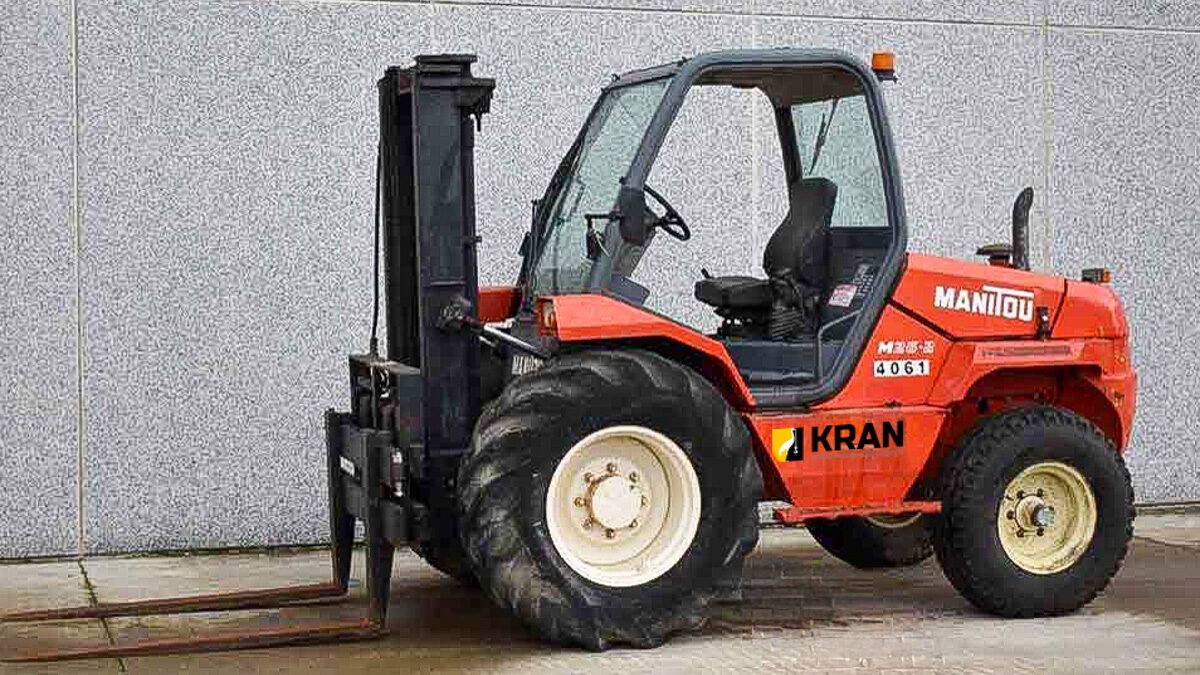
Forklifts are powerful industrial trucks used to lift and move materials over short distances. They are important in various industries for their ability to streamline operations, enhance productivity, and ensure the safe handling of heavy loads. From warehouses, construction sites and manufacturing companies, forklifts play a crucial role in efficient material management.
2. Types of forklifts

There are different types of forklifts and how it is operated. Understanding these differences and capabilities allows each project to select the right forklift type for their specific needs, ensuring efficient and safe material handling.
Electric Forklifts
Electric forklifts are powered by batteries, they are environmentally friendly with zero emissions and offer a quieter operation compared to diesel and gas powered forklifts. They have lower maintenance costs and are ideal for indoor use where air quality and noise levels are a concern. Their confined spaces make them well-suited for warehouses and manufacturing plants.
Diesel Forklifts
Diesel forklifts are powered by diesel engines that provide high power and are suitable for heavy lifting. Their rugged construction is designed for outdoor use and heavy lifting. These forklifts are best for outdoor use on rough terrain, construction sites and lumberyards where strong performance and durability are important.
Gas-Powered Forklifts
Gas-powered forklifts are equipped with propane or natural gas engines. It offers the advantage of quicker refueling compared to battery charging. It has lower emissions than diesel forklifts but more than electric ones. These forklifts are suitable for both indoor and outdoor use, provided there is enough ventilation. Their flexibility makes them accessible for mixed-use environments, including warehouses, outdoor yards, and loading docks.
Differences of Electric, Diesel, Gas-Powered Forklifts
- Electric Forklifts: They are best for indoor use, environmentally friendly, and low maintenance.
- Diesel Forklifts: They are high powered, suitable for heavy lifting and outdoor use, and higher emissions.
- Gas-Powered Forklifts: These forklifts are versatile for indoor and outdoor use, faster refueling, and moderate emissions.
3. Specialized Forklifts
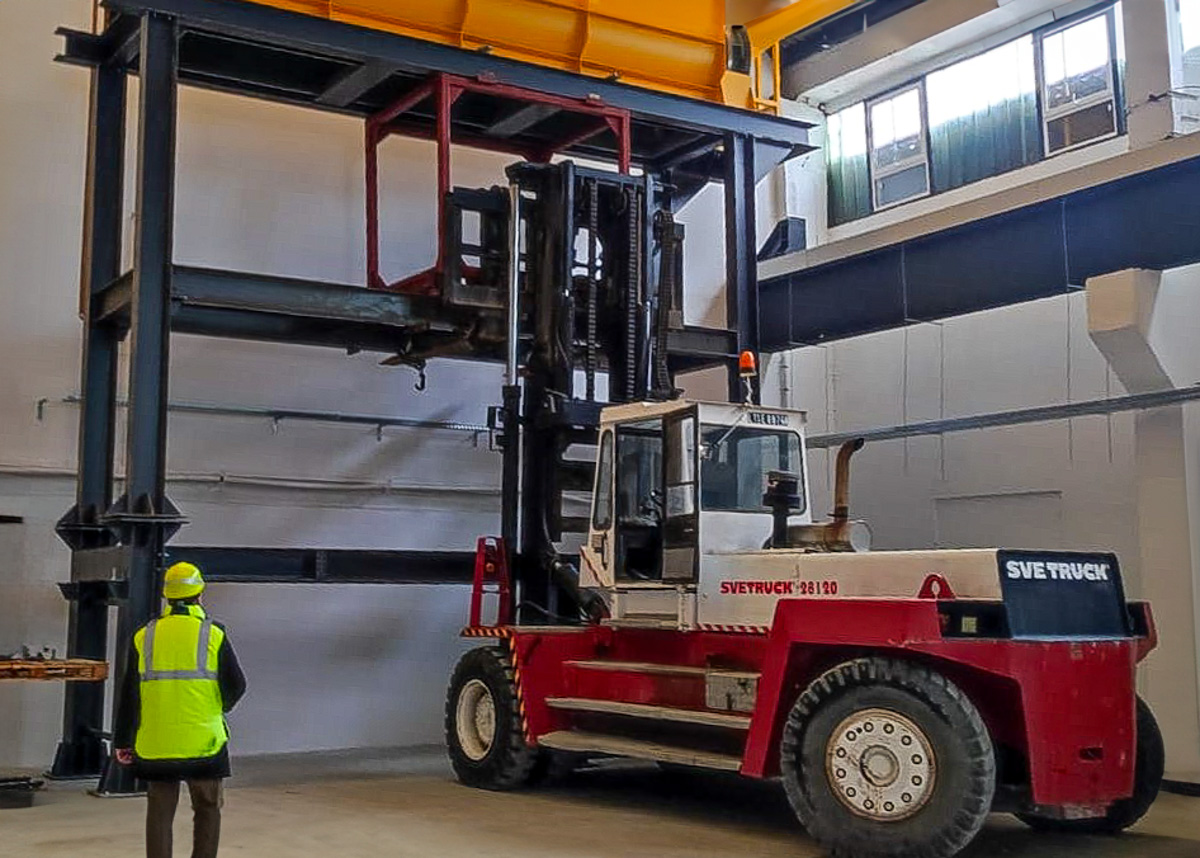
Forklifts are flexible tools that enhance productivity and safety across various industries. There are types of specialized forklifts and by choosing the right type for specific tasks, every project can optimize their operations and ensure efficient material handling.
Rough Terrain Forklifts
Rough terrain forklifts are designed to handle heavy loads in challenging environments. They are suitable for lifting and transporting materials on construction sites, farms, and outdoor events. Because of their large tires, and powerful engines, they can move building materials in uneven grounds. Additionally, they play an essential role in outdoor events by assisting with the setup and teardown of large equipment.
Features:
- Large, Rugged Tires: Designed for stability and traction on uneven and rough surfaces.
- Enhanced Suspension Systems: Provides a smooth ride and better handling on bumpy terrain.
- Powerful Engines: Typically equipped with diesel engines for high torque and power.
Container Handlers
Container handlers are capable of handling and stacking containers in ports and shipping yards. They can maneuver heavy loads in tight spaces and stack containers in high-density storage areas. In the shipping and ports industry, they are essential for loading and unloading containers from ships, trucks, and trains. In logistics and warehousing, they are used to organize and stack containers for storage and distribution, ensuring orderly management of large volumes of cargo.
Features:
- High Capacity: Designed to lift and move heavy shipping containers.
- Reach Stacker Capability: Can stack containers several rows high and deep.
- Telescopic Boom: Allows for precise placement of containers.
Pallet Jacks
Pallet jacks are ideal for small-scale material handling tasks, moving pallets in confined spaces. They are particularly useful in the retail industry for stocking shelves and moving inventory in stores. In small warehouses, pallet jacks handle goods in compact storage areas, making them an essential tool for efficient and organized material handling.
Features:
- Compact Design: Easy to maneuver in tight spaces.
- Manual or Electric Operation: Simple controls for lifting and moving pallets.
Reach Trucks
Reach trucks are designed to maximize vertical storage space, making them ideal for high-density storage environments. Their capabilities are particularly beneficial in warehousing, where they facilitate the organization and retrieval of goods from high racks, and in distribution centers, where they efficiently handle large volumes of inventory.
Features:
- Extendable Forks: Reach to the end of the shelves and lift the goods to their height.
- Narrow Design: Operates efficiently in narrow aisles.
Order Pickers
They increase efficiency in order fulfillment and enhance safety by reducing the need for ladders. They are essential for picking and packing orders quickly and accurately. In the warehouse, order pickers are used for stocking and retrieving products, ensuring a streamlined and safe operation.
Features:
- Elevating Platform: Raises the operator to pick items from high shelves.
- Compact Design: Navigates narrow aisles.
Telehandlers
Telehandlers are flexible machines capable of lifting loads to significant heights and placing them over obstacles. They can perform a variety of tasks with replaceable attachments making them adaptable. In construction sites, telehandlers are used for lifting materials to elevated positions and maneuvering them over obstacles. In agriculture, they handle materials and equipment independently providing support for various agricultural operations.
Features:
- Telescopic Boom: Extends outward and upward for greater reach.
- Versatile Attachments: Can be equipped with forks, buckets, and winches.
Explosive Proof Forklifts
These forklifts are engineered to prevent ignition sources from interacting with flammable gases, vapors, or dust present in the working environment. They are essential in industries such as chemical manufacturing, oil and gas, pharmaceuticals, and any setting where explosive atmospheres are a concern.
Features:
- Intrinsically Safe Components: Designed to minimize electrical and thermal energy, these forklifts limit the risk of sparks or overheating, reducing the chance of igniting flammable substances.
- Sealed Electrical Systems: Electrical components are fully enclosed to prevent exposure to flammable materials, ensuring safety in volatile environments.
- Non-Sparking Materials: Utilizes non-sparking materials for critical parts, like forks, to prevent ignition during operations.
- Temperature Control Mechanisms: Equipped with systems to manage heat dissipation, ensuring no part exceeds ignition temperature thresholds.
- Protective Enclosures: Engines and motors are contained within enclosures to prevent any ignition from affecting the external environment.
LPG (Liquefied Petroleum Gas) Forklift
A type of internal combustion engine forklift powered by liquefied petroleum gas, a popular choice in various industries due to its versatility, efficiency, and reduced emissions compared to diesel-powered forklifts. These forklifts are widely used for both indoor and outdoor applications, making them ideal for warehouses, manufacturing plants, and distribution centers.
Features:
- Fuel Efficiency: Provides a strong balance between power and efficiency, supporting long operations with fewer refueling stops.
- Consistent Power: Delivers steady power for reliable lifting and handling of heavy loads.
- Versatility: Can be fitted with various attachments for diverse material handling tasks.
Mast Forklifts
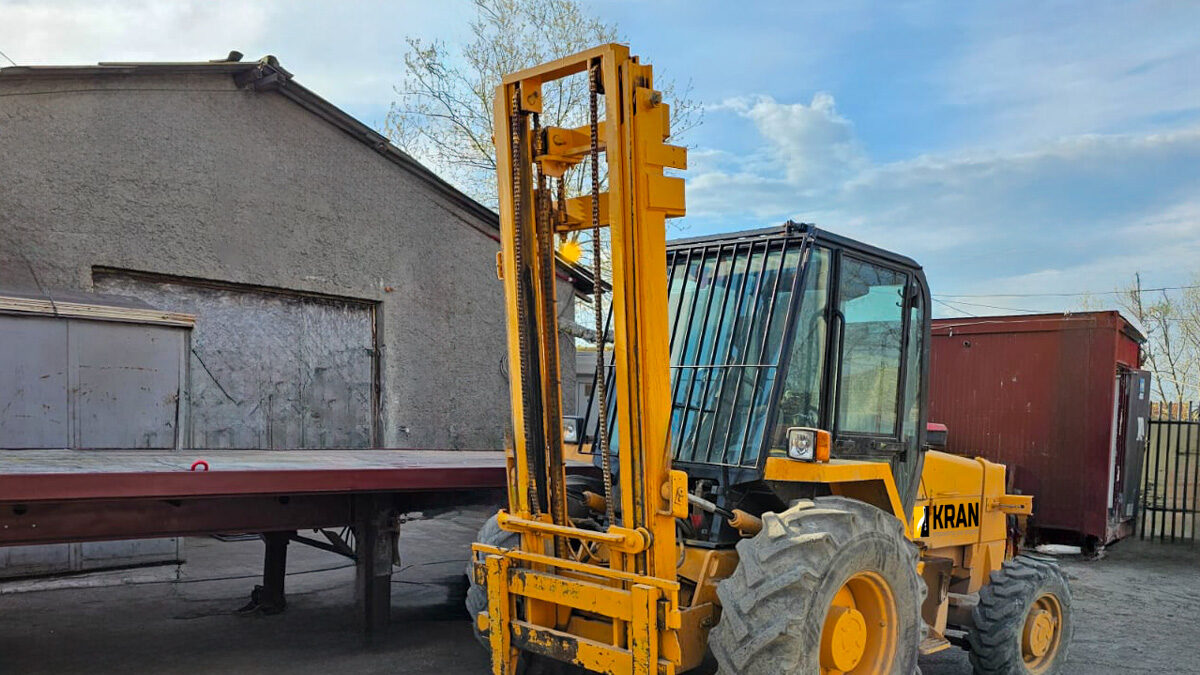
Mast forklifts are essential material handling equipment used in warehouses, factories, and construction sites for lifting and transporting heavy loads. They feature a mast, which is the vertical assembly that raises and lowers the load. These forklifts are versatile, efficient, and come in different types to suit various applications.
Types of Mast Forklifts
Single Stage or Simplex Forklift
Single mast forklifts are designed with a single upright mast, making them ideal for applications with low overhead clearance. They are commonly used for lifting loads to moderate heights and are suitable for indoor environments.
Features:
- Compact Design: Their single mast design allows for easy maneuverability in tight spaces.
- Lower Lifting Height: Suitable for operations where high lifting is not required.
- Easy Maintenance: Fewer components make them easier to maintain.
Two-Stage or Duplex Forklift
Two-stage mast forklifts, also known as duplex masts, feature two sets of telescoping rails. They provide a greater lifting height compared to single mast forklifts while maintaining a compact structure.
Features:
- Increased Lifting Height: Capable of reaching higher than single mast forklifts.
- Visibility: Offers better visibility for the operator due to the straightforward design.
- Stability: Provides a stable lifting platform for handling heavier loads.
- Versatility: Suitable for both indoor and outdoor use.
Three-Stage or Triplex Forklift
Three-stage mast forklifts, or triplex masts, consist of three sets of rails that allow for even higher lifting capabilities. They are commonly used in warehouses and storage facilities where high stacking is required.
Features:
- High Lifting Capability: Can lift loads to greater heights, ideal for stacking and storing in tall racks.
- Extended Reach: Allows for accessing loads at high elevations without compromising stability.
- Collapsible Height: Designed to collapse into a shorter height for navigating through low doorways.
- Operator Comfort: Often equipped with ergonomic features for improved operator comfort during extended use.
Fourth Stage or Quadplex Forklift
Quad mast forklifts are equipped with four sets of rails, providing maximum lifting height. They are used in specialized applications requiring access to extremely high storage racks.
Features:
- Maximum Lift Height: Designed for reaching the highest racks in large warehouses.
- Collapsible Structure: The mast can retract to a compact size for easy transportation and storage.
- Advanced Control Systems: Equipped with advanced controls for precise handling and maneuvering.
- Enhanced Safety Features: Includes safety mechanisms to ensure stability and prevent accidents at high elevations.
4. Forklifts Specialized Attachments
Forklifts can be equipped with a variety of specialized attachments to enhance their versatility and adapt them to specific tasks and industries. These attachments allow forklifts to adapt to a wide range of tasks, improving efficiency and reducing the need for multiple pieces of equipment in diverse operational environments.
Sideshifter

The side shifter attachment allows forklift forks to move side-to-side, which enhances precision when positioning loads and saves time by reducing the need to reposition the forklift itself. This attachment is particularly useful in narrow aisles and confined spaces, enabling operators to make small adjustments without moving the entire forklift.
Fork Positioner

A fork positioner enables the width between the forks to be adjusted hydraulically, facilitating the handling of loads of varying widths and reducing manual adjustment time. This attachment is ideal for operations with diverse load sizes, allowing for quick adaptation to different load requirements without stopping work to adjust the forks manually.
Paper Roll Clamp

Designed specifically for handling large rolls of paper, the paper roll clamp uses cushioned arms for gentle handling to prevent damage. It can rotate to accommodate vertical or horizontal stacking, making it essential for paper mills and printing industries where maintaining the integrity of the paper is critical.
Rotator

The rotator attachment allows forks to rotate 360 degrees, which is ideal for emptying containers or bins. Commonly used in food processing and waste management, this attachment enhances versatility for specialized handling tasks, enabling operators to easily dump contents and reset for further use.
Carton Clamp

The carton clamp securely clamps onto cartons or boxes without the need for pallets, reducing pallet usage and associated costs. This attachment is used in industries such as appliances, electronics, and beverages, providing secure and gentle handling of delicate items while eliminating the extra step of palletizing.
Push/Pull Attachment

The push/pull attachment is used for handling loads on slip sheets instead of pallets, reducing pallet costs and weight. This attachment is common in food and beverage logistics, making it ideal for high-volume distribution centers where minimizing material costs and maximizing space is crucial.
Jib Crane Attachment

Transforming a forklift into a mobile crane, the jib crane attachment extends reach and lifting height for heavy loads. It is suitable for construction and heavy manufacturing, where it can be fitted with hooks, slings, or other lifting devices to aid in the placement of bulky or awkward items.
Drum Handler

Designed for safely handling drums and barrels, the drum handler attachment secures drums for transport and stacking. Available in various configurations for different drum types, it is especially useful in chemical and food processing industries to ensure safe and efficient movement of cylindrical containers.
Load Backrest

The load backrest attachment provides additional support for tall loads, preventing them from shifting backward. It enhances safety when handling high stacks and is easily installed and removed, making it a simple yet effective safety addition to any forklift operation.
5. Uses of Forklifts in Various Industries
Forklifts are crucial across various industries, offering tailored solutions to enhance efficiency, safety, and productivity. Here’s how different types of forklifts are utilized in construction, warehousing, and manufacturing.
Construction

Rough Terrain Forklifts
Rough terrain forklifts are specifically designed for outdoor environments with uneven surfaces, making them essential for moving heavy materials across construction sites. For example, a rough terrain forklift can transport and position large pallets of building materials, such as steel beams and concrete blocks, from delivery trucks to various locations on a construction site. These forklifts offer stability and power to handle heavy loads on rough terrain, which not only improves productivity but also reduces the need for manual labor.
Telehandlers
Telehandlers are versatile machines designed to lift materials to high elevations and over obstacles, making them invaluable on construction sites. For instance, a telehandler can lift a pallet onto the roofing materials to the top of a building, where it can be easily accessed by handlers. These machines offer extended reach and adaptability with various attachments, enhancing their ability to handle materials in hard-to-reach areas, thus improving overall efficiency and flexibility on the job site.
Warehousing

Electric Forklifts
Electric forklifts are ideal for indoor use, handling palletized goods and performing tasks in warehouses where air quality and noise are important. For example, an electric forklift moves the boxes of electronics from the receiving dock to the high shelves inside the warehouse. These forklifts are environmentally friendly with zero emissions and offer quieter operation. It is well-suited for confined indoor spaces where it maintains a clean and quiet environment.
Reach Trucks
Reach trucks are designed to access high shelves and deep storage racks, effectively maximizing vertical storage space in warehouses. For instance, a reach truck retrieves boxes of inventory from high racks in a distribution center, allowing for efficient use of vertical space. This capability enhances storage density and overall efficiency by accessing high and deep racking, thereby optimizing warehouse space utilization.
Order Pickers
Order pickers are designed for orders lifting operators to pick items from high shelves. For example, in a warehouse, an order picker is used to collect and pack items from elevated storage for customer orders. These forklifts improve order picking efficiency and safety by reducing the need for ladders.
Manufacturing

Diesel Forklifts
Diesel forklifts are suited for heavy-duty tasks, both indoors and outdoors, making them ideal for moving large quantities of raw materials and finished products. For example, a diesel forklift can transport large rolls of steel from the storage area to the production line where it is used. These forklifts provide high power and torque for lifting heavy materials, making them ideal for rugged environments and substantial loads.
Gas-Powered Forklifts
Gas-powered forklifts are flexible for both indoor and outdoor operations. They are ideal for various manufacturing settings where quick refueling and adaptability are advantageous. For example, a gas-powered forklift efficiently moves pallets of automotive parts within a manufacturing plant, handling inventory both inside and in outdoor areas. These forklifts offer greater flexibility compared to battery-operated models, making them suitable for diverse operational environments.
6. Conclusion

Forklifts are essential tools in many industries, helping to improve efficiency, safety, and productivity. Choosing the right forklift for the job is important in achieving the needed results. By selecting the right type, the beneficiaries can make their material handling processes more easy, improve the storage and retrieval, and keep their work environments safe. The selection of the right equipment for the job helps the work to run smoothly and effectively.
August 27, 2024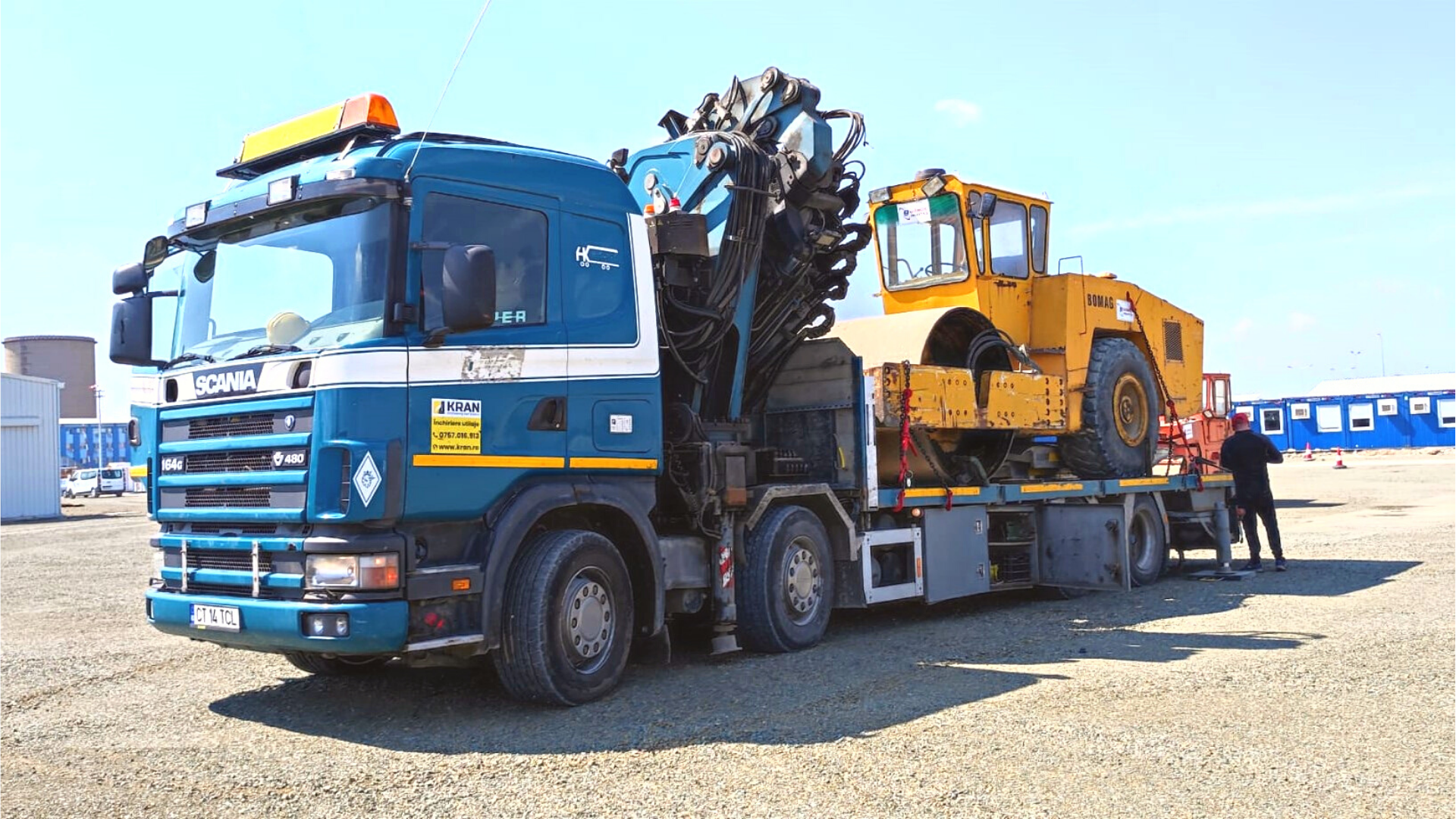
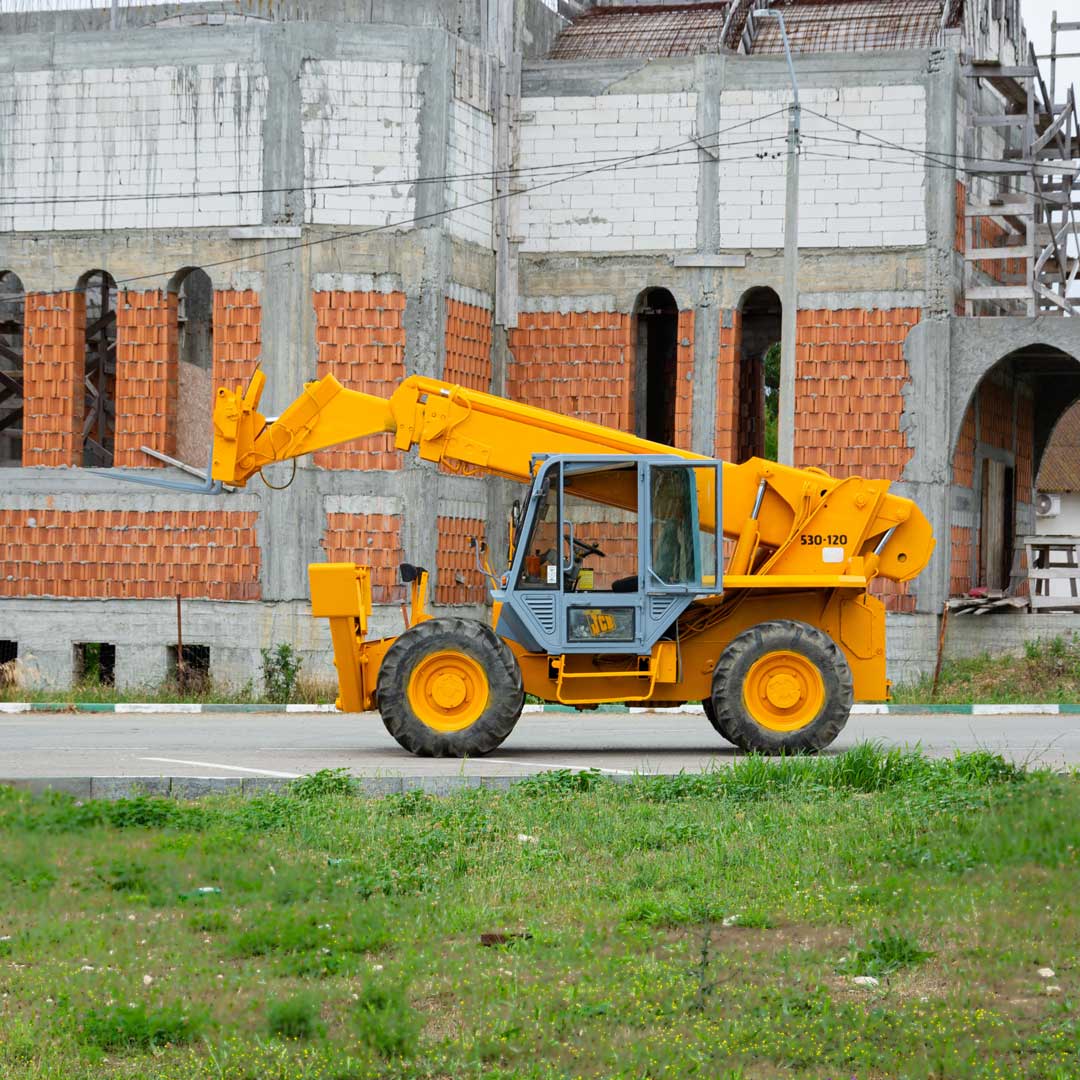
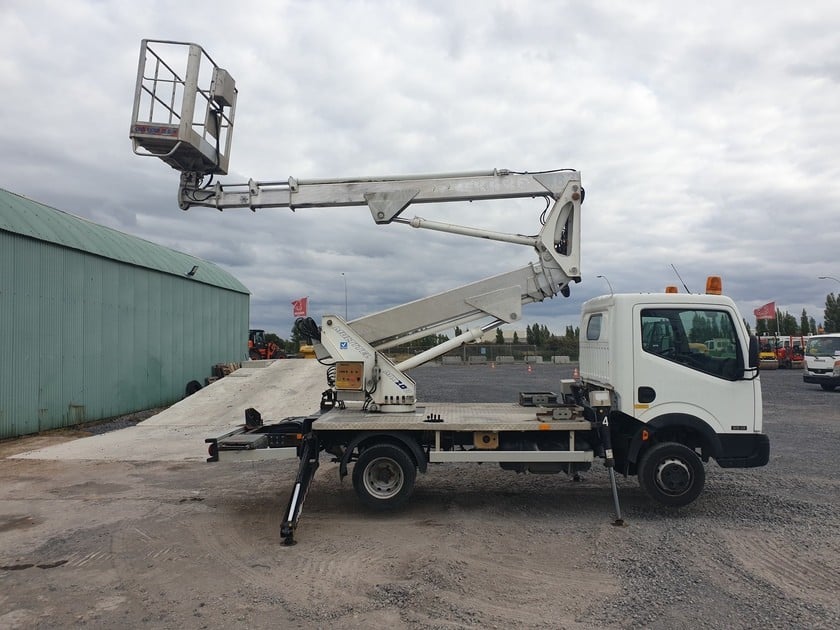

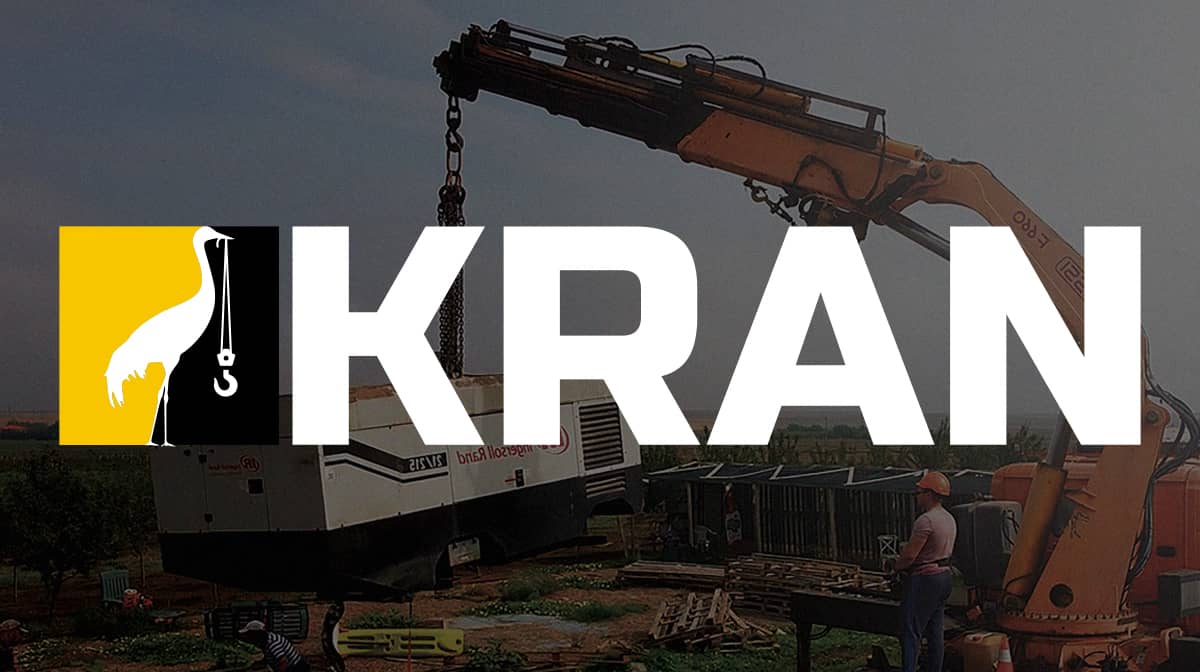 ">
">